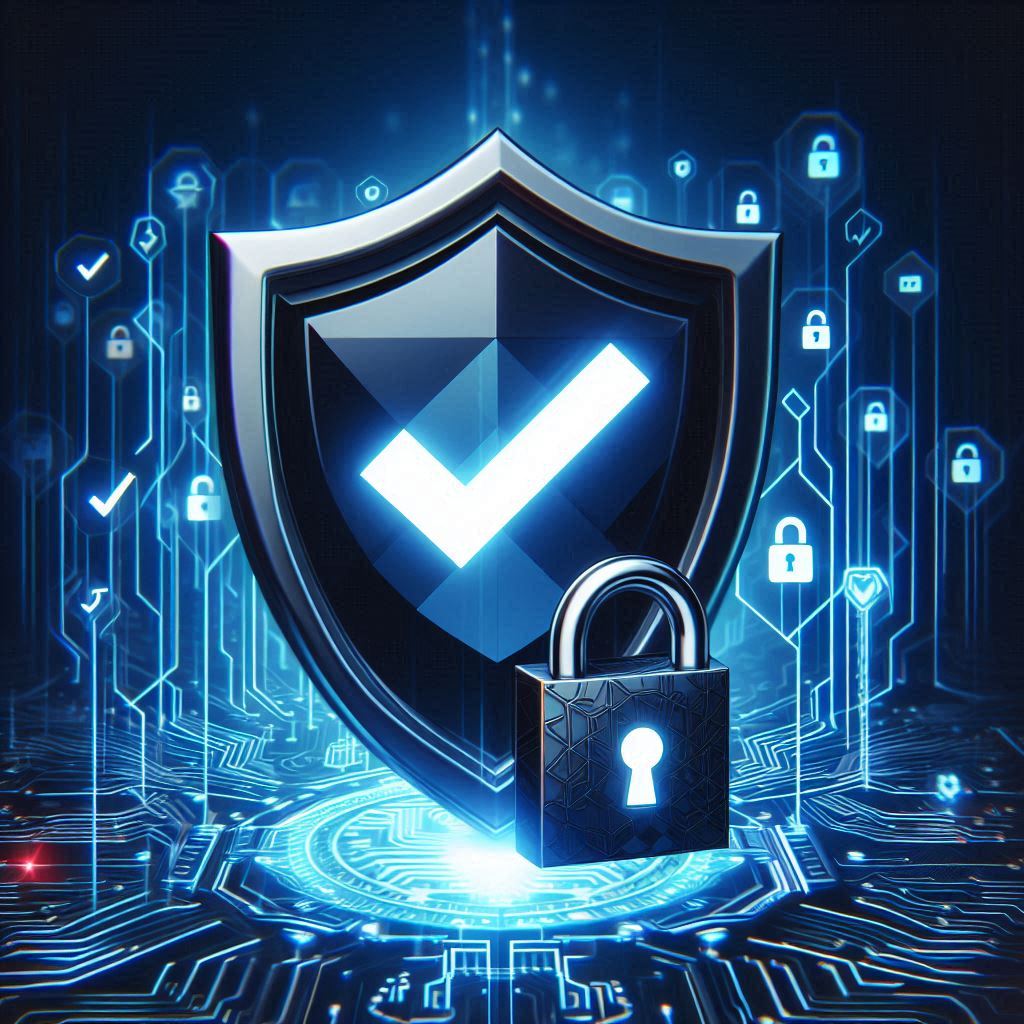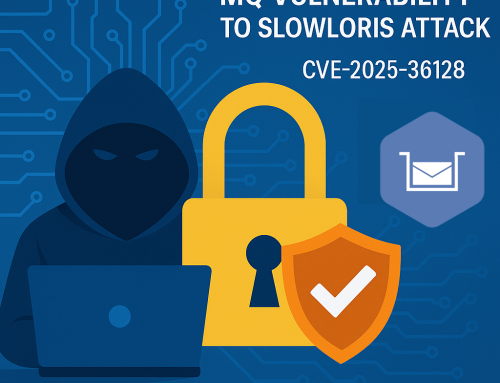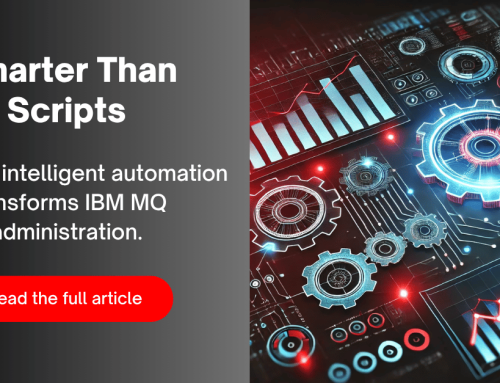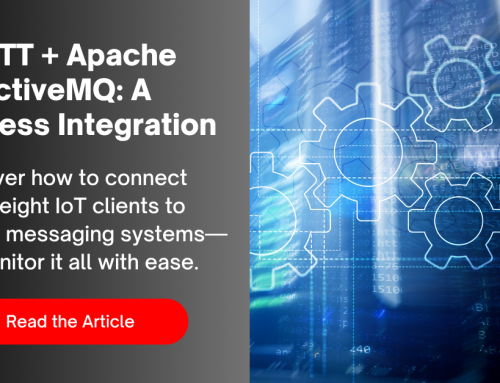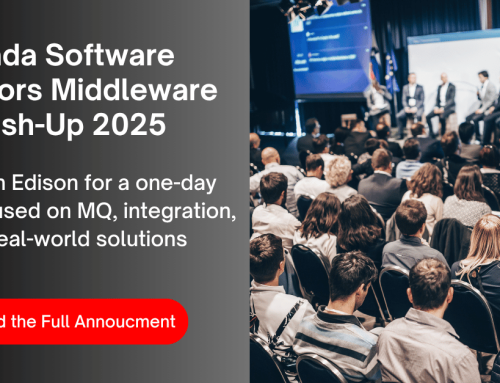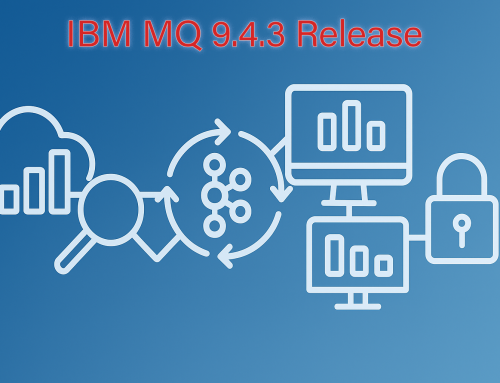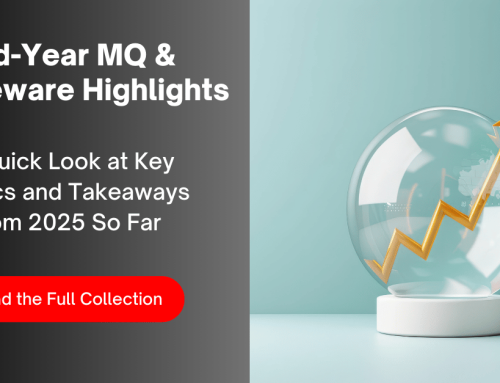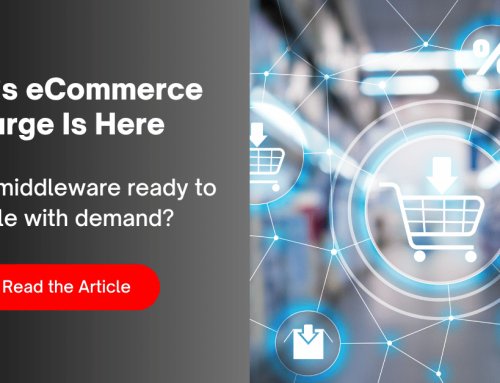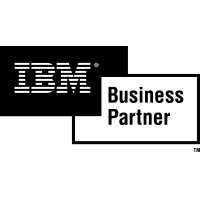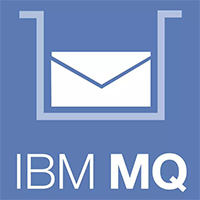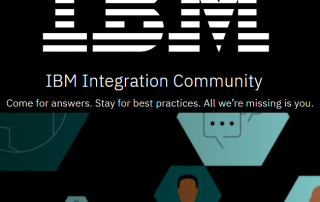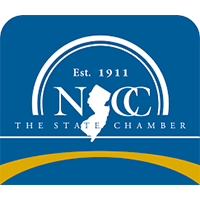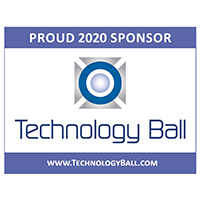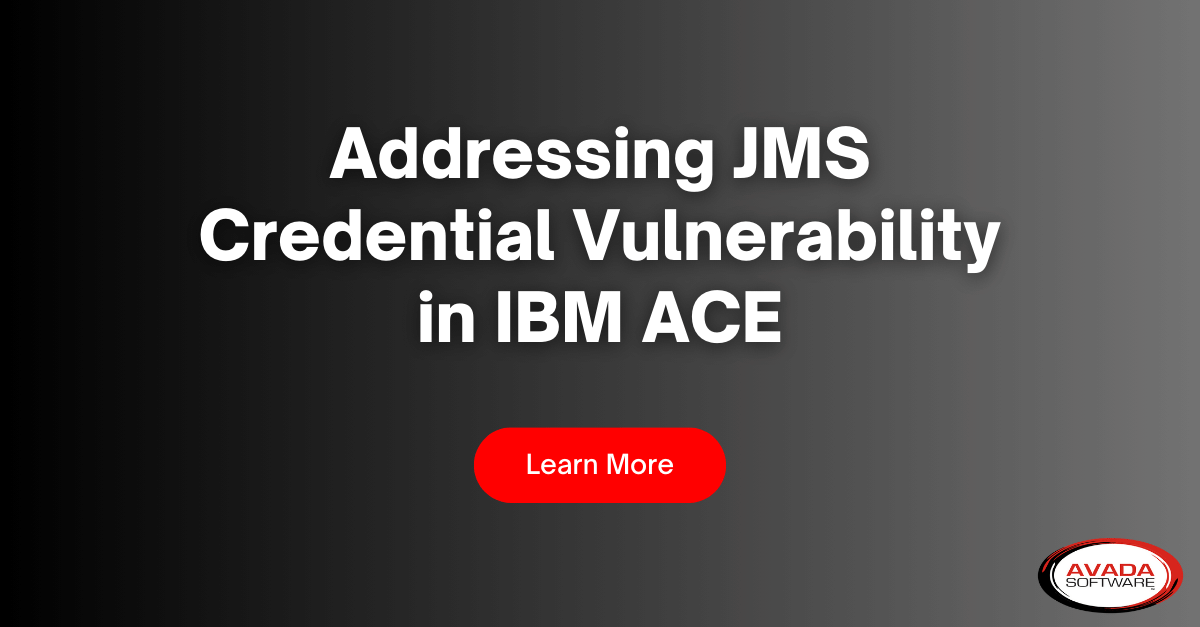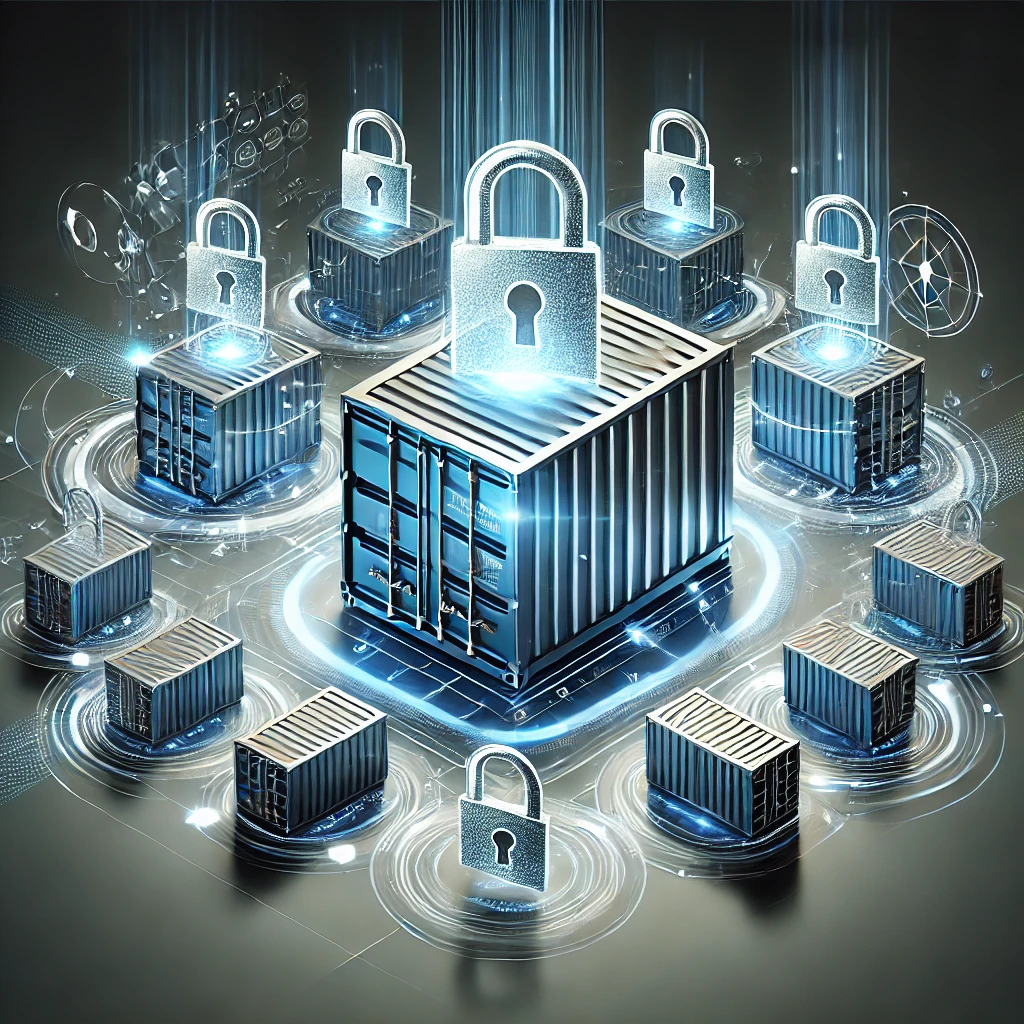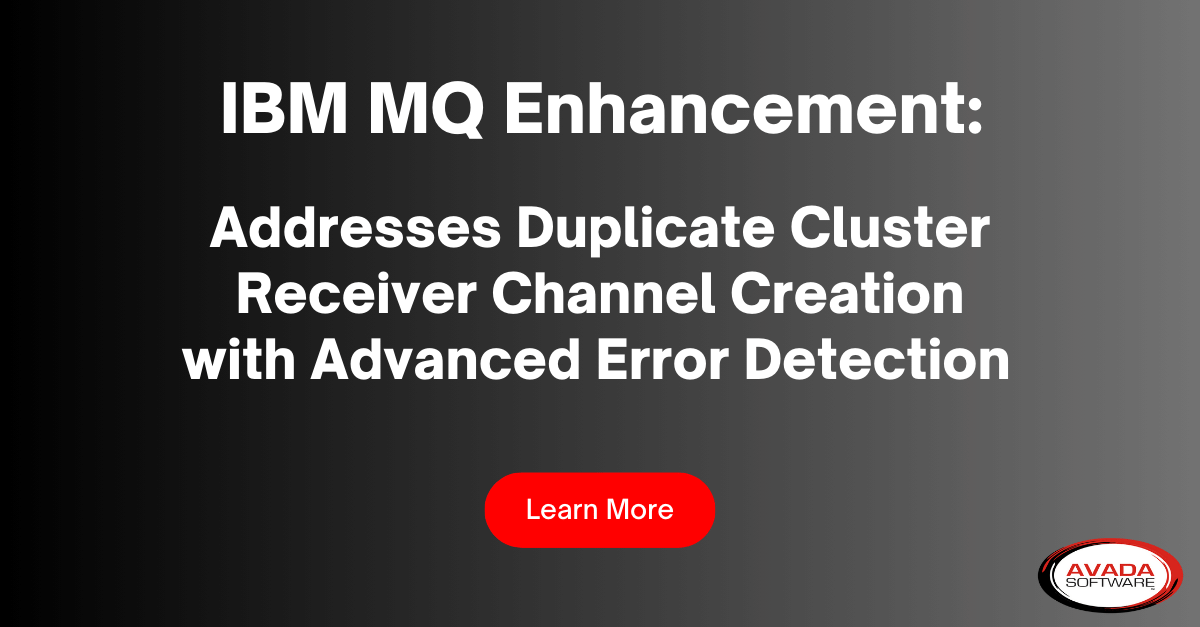Why Secure Remote Access Is Critical for Your Business Success
Secure remote access is more than just an operational necessity—it is a critical requirement for organizations managing sensitive systems. With regulatory bodies enforcing stringent compliance measures across industries such as banking and finance, businesses must implement secure access strategies to protect their networks and data from cyber threats.
For instance, the Federal Financial Institutions Examination Council (FFIEC) has issued guidance emphasizing the need for robust authentication and access controls to safeguard financial institutions from cyber threats. Compliance with regulations such as the Gramm-Leach-Bliley Act (GLBA) in the U.S. and the General Data Protection Regulation (GDPR) in the EU underscores the importance of secure remote access solutions.
Organizations must seek solutions that not only secure access but also provide operational flexibility, ensuring compliance with evolving regulatory demands and protecting sensitive corporate systems.
Understanding Secure Remote Access
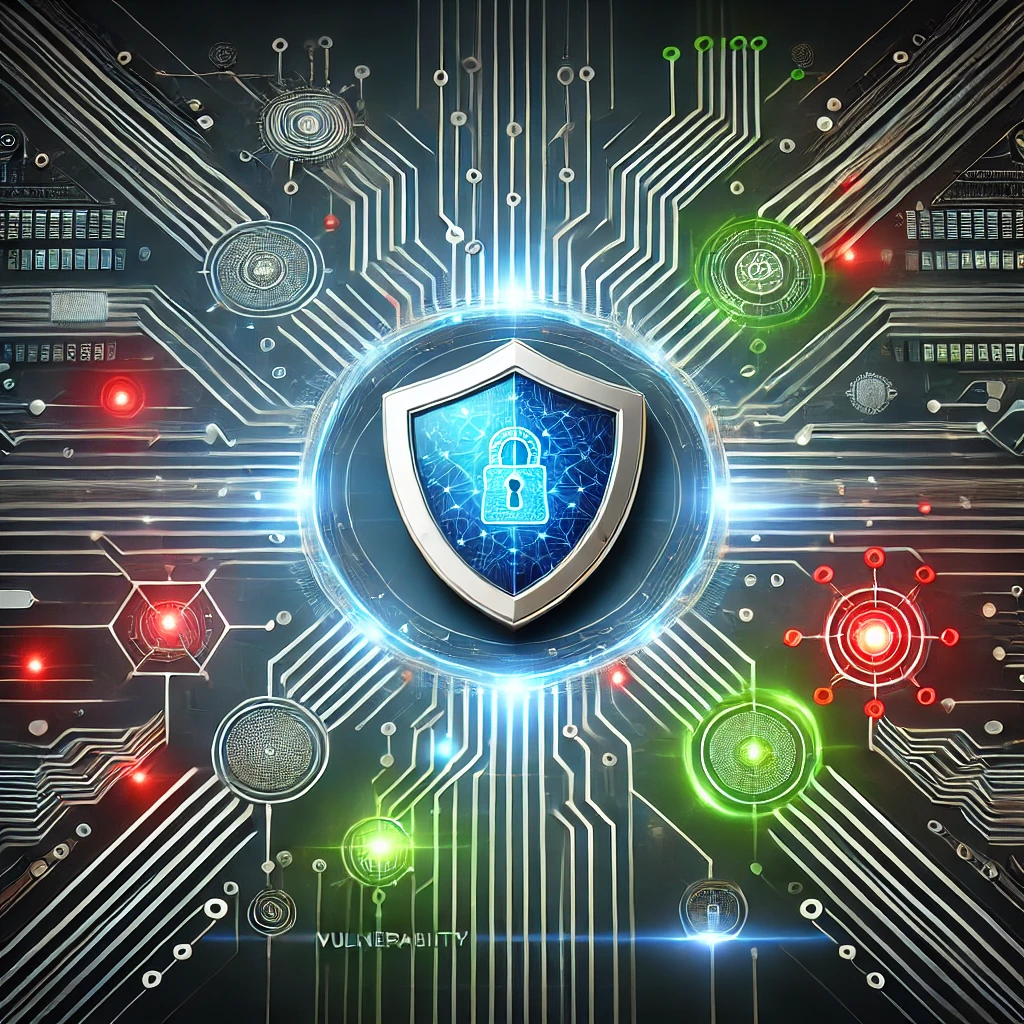
Secure remote access refers to the combination of policies, strategies, and technologies that protect an organization’s network, resources, and sensitive data from unauthorized access. Instead of relying solely on solutions like VPNs, secure remote access takes a layered approach, incorporating multiple security measures to strengthen protection.
According to a Tenable study conducted with Forrester, 74% of organizations have linked recent cyberattacks to remote work technology lacking proper security measures. Employees using unsecured networks, personal devices, or weakly protected third-party applications can create significant vulnerabilities.
Infrared360: Secure Access Designed for Middleware
Recognizing the growing need for secure remote access long before the surge in remote work, Avada Software introduced Infrared360® in 2006 to provide organizations with a secure and efficient way to manage transactional middleware environments. Unlike traditional access solutions, Infrared360® was purpose-built to address the complexities of middleware security, ensuring both accessibility and protection for sensitive systems.
Key Features of Infrared360®
- Clientless and Agentless Access
Infrared360® eliminates the need for additional software installations, reducing potential vulnerabilities and simplifying user access. This approach minimizes the risk associated with endpoint devices while maintaining seamless connectivity. - Seamless Integration with Security Frameworks
The platform supports a range of authentication protocols—such as SSO, certificates, LDAP, two-factor authentication, and hardware tokens—ensuring that existing security measures remain intact and under the full control of IT teams. - Trusted Spaces™ for Granular Access Control
Infrared360®’s Trusted Spaces feature allows administrators to define precise access parameters, ensuring users can only see and interact with the systems and data relevant to their roles. This compartmentalized approach enhances security without compromising usability.
One of Infrared360®’s key strengths lies in its Trusted Spaces feature, which enhances security through a structured, multi-layered approach.
A Secure Remote Access Webbing
Secure remote access is not just a technical safeguard but a strategic imperative requiring a comprehensive approach. Infrared360® embodies this philosophy through its Trusted Spaces feature, which enforces security on two key levels:
- Visibility Control: Users can only access specific areas of the middleware environment relevant to their tasks, preventing unnecessary exposure.
- Action Restrictions: Users’ actions are limited to predefined permissions, ensuring they can only perform authorized operations within their assigned scope.
This dual-layered approach mirrors compartmentalized security methods commonly used in classified operations, significantly minimizing the impact of potential breaches by containing exposure to a tightly controlled subset of data.
For organizations facing regulatory scrutiny, Infrared360®’s granular access controls provide a robust framework to demonstrate compliance with industry standards and regulatory requirements, ensuring secure and controlled data access.
Key Considerations for Secure Remote Access
When selecting a secure remote access solution for transactional middleware environments, organizations should prioritize the following best practices:
- Minimize Additional Security Layers: Choose solutions that do not introduce complexities outside the IT team’s control.
- Seamless Integration: Ensure the solution integrates with existing security frameworks, such as SSO, LDAP, and multi-factor authentication.
- Granular Access Controls: Implement tools that allow fine-tuned visibility and operational restrictions to ensure users only have access to what they need.
By following these principles, organizations can create a secure, efficient, and compliant remote access strategy tailored to their operational needs.
The Path Forward
Secure remote access for transactional middleware environments is essential for ensuring both regulatory compliance and operational security. Infrared360® offers a comprehensive solution that simplifies access management while maintaining strong security measures and flexibility.
Whether your organization is facing regulatory challenges or seeking to strengthen its cybersecurity posture, Infrared360® provides the tools needed to manage access efficiently and securely. Contact us today to learn more about how Infrared360® can help protect your middleware environment and support your business goals.
More Infrared360® Resources
